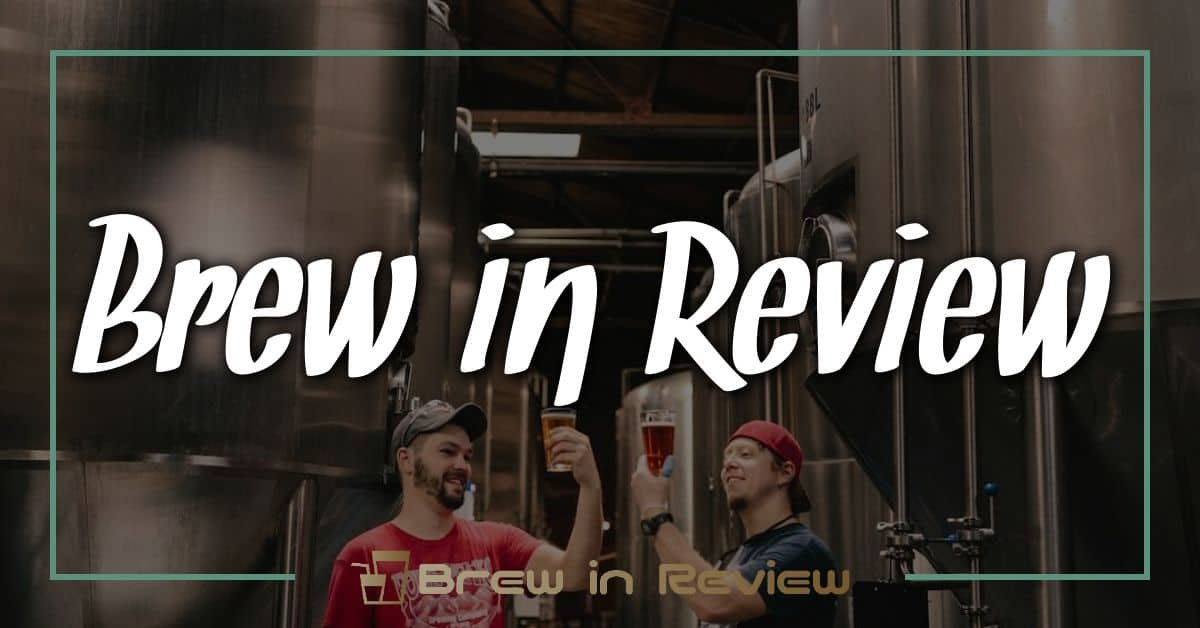The craft beer scene has exploded in popularity over the past decade, bringing a wealth of unique flavors and local charm to communities. But lately, I’ve noticed a troubling trend: brewery closures are on the rise. As someone who loves exploring new brews and supporting local businesses, it’s disheartening to see these beloved spots shutting their doors.
Overview of Brewery Closures
Brewery closures continue to rise, impacting the craft beer landscape. Factors like increased competition, rising ingredient costs, and shifting consumer preferences play significant roles in these closures. Despite the boom in craft breweries over the past decade, some establishments struggle to maintain financial sustainability.
According to the Brewers Association, approximately 1,700 breweries closed in 2022. This figure highlights the challenges many face in an industry that once seemed invincible. Many breweries rely heavily on local patronage, making economic fluctuations particularly impactful. High inflation rates also pressure breweries, affecting both operating costs and consumer spending habits.
In addition to economic pressures, breweries face obstacles like regulatory challenges and the craft beer market’s saturation. New breweries emerge frequently, which can dilute existing market demand, forcing some to close their doors.

Sustainability is tricky, with many breweries experimenting with innovative business models to adapt. Some focus on taproom sales, local distribution, and unique offerings to differentiate themselves. Those who manage to pivot successfully may extend their lifeline in a competitive landscape.
While closures are disheartening, they often lead to opportunities for new ventures. Aspiring brewers can learn from these challenges and identify gaps in the market to fill. As the landscape shifts, I remain passionate about sharing knowledge and teaching others the art of brewing, ensuring the spirit of craft beer continues to thrive.
Factors Contributing to Brewery Closures
I see several factors behind the rising trend of brewery closures, each impacting our industry in significant ways. Understanding these elements helps both professional and home brewers adapt and thrive.
Economic Challenges
Economic challenges, including high inflation rates, strain many breweries. Increased ingredient costs, such as hops and malt, squeeze profit margins. I’ll often face fluctuations in operating expenses, from utilities to labor, which can significantly impact budgets. Additionally, many consumers tighten their spending during economic downturns, leading to reduced sales. This reality forces some breweries to rethink strategies to remain viable.
Changing Consumer Preferences
Changing consumer preferences play a pivotal role in brewery dynamics. With an ever-growing selection of craft beers available, fluctuating tastes lead some breweries to struggle with demand. Many drinkers gravitate towards trendy styles, such as sours or IPAs, leaving traditional options less popular. I find that staying attuned to these trends is vital for success. As preferences shift toward lower-alcohol options or unique flavors, breweries must innovate to capture the attention of an evolving market.
Regulatory Hurdles
Regulatory hurdles often complicate the brewing landscape. Licensing requirements and health regulations differ by location, creating challenges for both new and established breweries. Compliance costs can be high, especially for smaller operations. I witness firsthand how navigating these hurdles requires time and expertise, which detracts from focusing on production and creativity. Many breweries become overwhelmed, ultimately leading some to shut their doors rather than face the complications involved.
Understanding these factors helps me, as both a professional and a homebrewer, find ways to adapt and innovate within this competitive market.
Impact of Brewery Closures
Brewery closures significantly affect local economies and the craft beer community. These impacts influence everything from job availability to the diversity of beer options.
Local Economies
Brewery closures ripple through local economies. Each brewery employs staff, often supporting various roles—brewers, servers, and administrative employees. With approximately 1,700 closures in 2022, many communities lost numerous jobs. Tax revenue also declines as breweries contribute to local funding. The absence of these establishments can lead to decreased foot traffic, affecting nearby businesses, such as restaurants and retail shops. Strong local breweries boost tourism, drawing visitors who enjoy unique craft beers. Without them, local economies might struggle to attract those craft beer enthusiasts.
Craft Beer Community
The craft beer community faces challenges with brewery closures. Each closing brewery weakens the shared culture that fosters collaboration and innovation. Many breweries become gathering spots for beer lovers, providing opportunities for tastings, events, and education. Losing these spaces means diminished networking opportunities for homebrewers like myself. Yet, these closures can inspire resilience; they encourage aspiring brewers to adapt and innovate, helping to maintain the spirit of craft beer. The community’s passion often drives members to support remaining breweries and foster new ideas, ensuring the culture lives on despite setbacks.
Future of the Brewing Industry
The brewing industry faces a pivotal moment, balancing creativity with economic reality. I view emerging trends and innovations as crucial for navigating these turbulent waters.
Trends and Innovations
Craft breweries increasingly embrace sustainability and innovation. Many incorporate eco-friendly practices, like sourcing local ingredients and reducing water usage. Techniques such as barrel aging and wild fermentation not only create unique flavors but also draw in adventurous consumers. Additionally, trends like non-alcoholic beers and hard seltzers cater to health-conscious drinkers, making it crucial for breweries to adapt their offerings. I find that staying attuned to consumer preferences while maintaining quality is essential for thriving.
Strategies for Sustainability
To ensure long-term success, breweries must implement effective strategies for sustainability. Diversifying product lines helps buffer against fluctuating consumer tastes and economic pressures. Collaborating with local businesses fosters community support and creates a loyal customer base. Educational workshops and events can attract enthusiasts, promoting the local craft scene and driving sales. By cultivating a strong connection with their audiences, breweries not only survive but also contribute to a vibrant brewing culture. For me, these strategies reflect the passion and creativity inherent in brewing, proving that challenges can lead to exciting opportunities.
Conclusion
It’s tough to see beloved breweries close their doors. Each closure not only affects the owners and employees but also the entire craft beer community. I truly believe that innovation and a strong connection with consumers can help keep the spirit of craft brewing alive.
As we navigate these changes together it’s encouraging to see breweries adapting and finding new ways to thrive. By embracing sustainability and catering to evolving tastes we can support our local breweries and keep the craft beer scene vibrant. Let’s raise a glass to the resilience of our favorite brewers and look forward to the exciting possibilities ahead.




